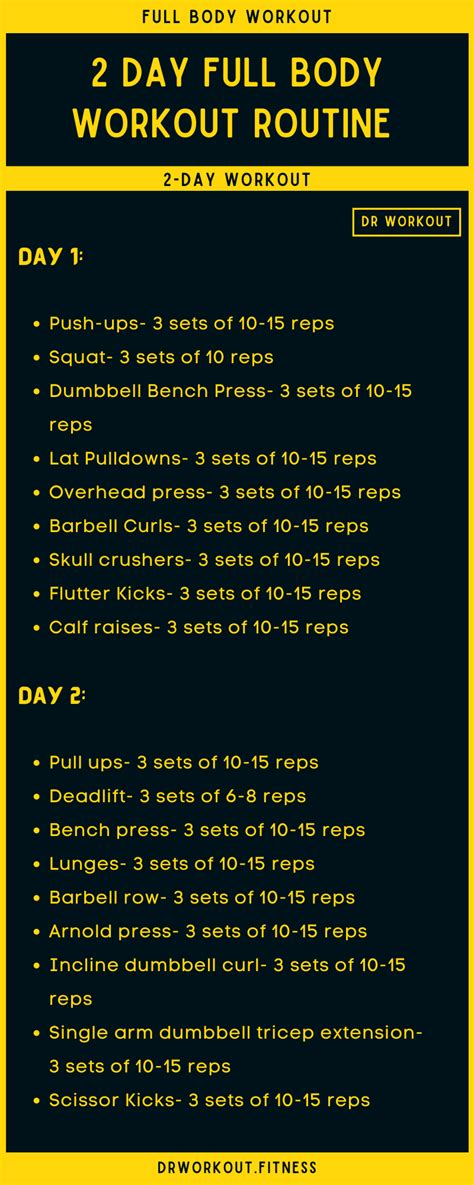How to optimize progressive overload to smash plateaus and ensure peak strength gains?

Understanding Progressive Overload: The Core Principle
At the heart of every successful strength training program lies the principle of progressive overload. It’s the mechanism by which your muscles are forced to adapt and grow stronger over time. Simply put, progressive overload means continually increasing the demands placed on the musculoskeletal system. Without it, your body has no reason to get stronger or bigger once it has adapted to a certain stimulus. This isn’t just about lifting heavier weights; it encompasses a variety of techniques designed to challenge your body incrementally.
To truly ensure peak strength gains, you must consistently make your workouts harder than the last, allowing your body to recover, adapt, and then be ready for the next increased challenge. This fundamental concept is non-negotiable for anyone serious about long-term progress in the gym, preventing the dreaded plateau that can halt your gains.

Key Methods for Implementing Progressive Overload
While increasing the weight lifted is the most common and often most effective method, progressive overload is a multifaceted approach. Here are the primary ways you can apply this principle:
- Increase the Weight: The most straightforward method. Once you can comfortably perform a given number of reps with a certain weight, it’s time to incrementally increase the load.
- Increase Repetitions: If you can’t increase the weight, try to perform more reps with the current weight. This builds muscular endurance and volume.
- Increase Sets: Adding an extra set to an exercise can increase total volume, providing a new stimulus.
- Decrease Rest Times: Reducing the time between sets makes the workout more challenging and increases workout density.
- Improve Form/Technique: Executing an exercise with stricter, more controlled form makes it harder, even with the same weight. This also enhances muscle activation and reduces injury risk.
- Increase Time Under Tension (TUT): Slowing down the eccentric (lowering) or concentric (lifting) phase of an exercise increases the time your muscles are working, promoting hypertrophy.
- Increase Frequency: Training a muscle group more often throughout the week, if recovery allows, can boost overall volume and stimulate growth.
- Exercise Variation: Swapping out an exercise for a more challenging variation (e.g., dumbbell press to incline dumbbell press, or barbell squat to front squat) can introduce a novel stimulus.
Identifying and Smashing Plateaus
Plateaus are an inevitable part of any strength journey, but they don’t have to be permanent roadblocks. A plateau occurs when your body has fully adapted to the current training stimulus, and further progress stalls. Recognizing the signs—like consistent failure to increase weight or reps for several weeks, or a noticeable drop in motivation—is the first step.

To smash through plateaus, consider these strategies:
- Deload Week: Take a week with significantly reduced volume and intensity. This allows your body to fully recover, repair, and come back stronger.
- Change Methods: If you’ve been focused purely on increasing weight, try focusing on reps, sets, or TUT for a few weeks.
- Vary Exercises: Introduce new exercises that work the same muscle groups but in a slightly different way.
- Re-evaluate Form: Sometimes poor form limits strength. A few sessions focusing purely on perfect technique can unlock new gains.
- Address Recovery: Ensure you’re getting adequate sleep, nutrition, and managing stress. Overtraining is a common cause of plateaus.
Optimizing Your Progressive Overload Strategy for Peak Gains
Sustainable, peak strength gains require a strategic and individualized approach to progressive overload. It’s not just about pushing harder, but pushing smarter.
Track Your Progress Meticulously
You can’t optimize what you don’t measure. Keep a detailed workout log, noting the exercises, sets, reps, weight, and even rest times. This data is invaluable for knowing exactly what you did last session and planning your next increase. Without tracking, you’re guessing, which leads to inconsistent overload and eventual stagnation.

Implement Periodization
Periodization involves structuring your training into different phases (e.g., hypertrophy, strength, power) over a macrocycle, with planned variations in volume, intensity, and exercise selection. This prevents overtraining, allows for strategic recovery, and provides varied stimuli to keep your body adapting. Linear periodization, undulating periodization, and block periodization are common approaches.
Prioritize Recovery and Nutrition
Progressive overload only works if your body can recover from the increased demands. This means adequate sleep (7-9 hours), a balanced diet rich in protein for muscle repair, sufficient carbohydrates for energy, and healthy fats for hormonal function. Hydration is also critical. Neglecting these aspects will severely limit your ability to progress, no matter how perfectly you program your lifts.

Conclusion
Progressive overload is the fundamental driver of long-term strength and muscle development. By understanding its various methods, diligently tracking your progress, strategically implementing periodization, and prioritizing recovery, you can continually challenge your body, smash through plateaus, and ensure a continuous path towards peak strength gains. Remember, consistency and smart programming are far more effective than simply pushing yourself to failure every single session.








